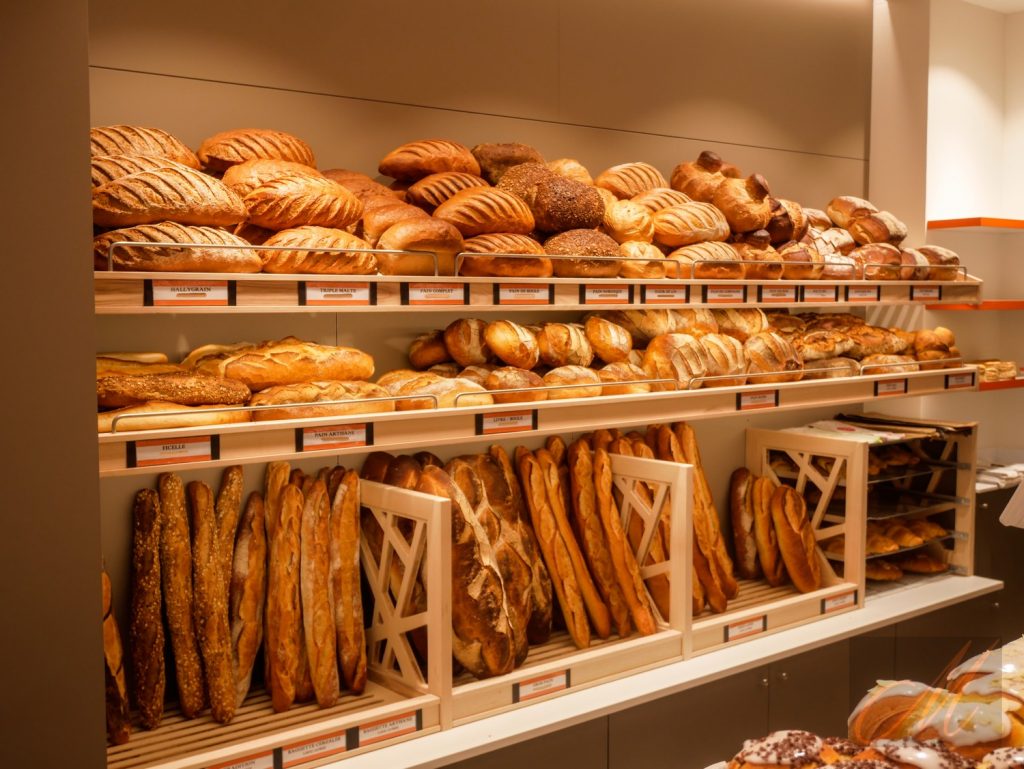
Mastering the art of pastry is a delightful journey within the sweet science of baking. The foundation of a perfect pastry lies in the selection of high-quality, fresh ingredients. Opt for the finest butter, flour, eggs, and other components to ensure a superior final product. Accurate measurements are crucial in the precision-driven world of baking, so invest in quality measuring tools and weigh ingredients meticulously for consistency.
Temperature control is a key factor in achieving the desired texture and structure. Pay close attention to the recommended temperatures for ingredients like butter, eggs, and liquids. Softened butter, chilled butter, and melted butter all play different roles in creating various textures, so understanding their nuances is essential. When it comes to handling pastry dough, exercise care to avoid overmixing, which can result in toughness. Recognize the right texture and consistency for different types of dough and aim for perfection.
Chilling and resting periods are not to be overlooked. Allowing the dough to rest and chill as directed in the recipe is crucial for relaxing gluten, preventing toughness, and enhancing flavor. Flour, a fundamental ingredient, should be chosen wisely based on its protein content. Different flours contribute to different textures, so select the right one for your specific pastry.
Understanding the role of leavening agents, such as baking powder, baking soda, and yeast, is paramount. Use these agents judiciously to achieve the desired rise and texture in your pastries. The handling of eggs is another critical aspect; learn to separate them properly and use them at the right temperature for optimal results. Precision in mixing is key—combine ingredients just until they are incorporated to avoid dense pastries.
Rolling and shaping the dough require a delicate touch. Use a light hand and keep the work surface floured to prevent sticking. Pay attention to the thickness for consistent baking. Knowing your oven is essential; invest in an oven thermometer to ensure accurate temperatures, and rotate pans for even baking. Elevate the visual appeal of your pastries by experimenting with various decorating techniques such as piping, glazing, and dusting.
Mistakes are valuable learning opportunities, so don’t be afraid to learn from them. Each error is a chance to improve and deepen your understanding of the science of baking. Patience is a virtue in perfecting pastry; it takes time and regular practice to hone your skills. Stay curious and continue exploring new recipes, techniques, and flavor combinations. The world of pastry is vast and ever-evolving, offering endless possibilities for creative expression. Enjoy the process, and savor the delicious results of your dedication and craftsmanship.